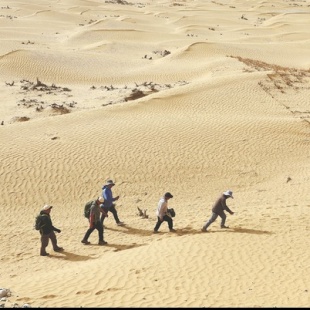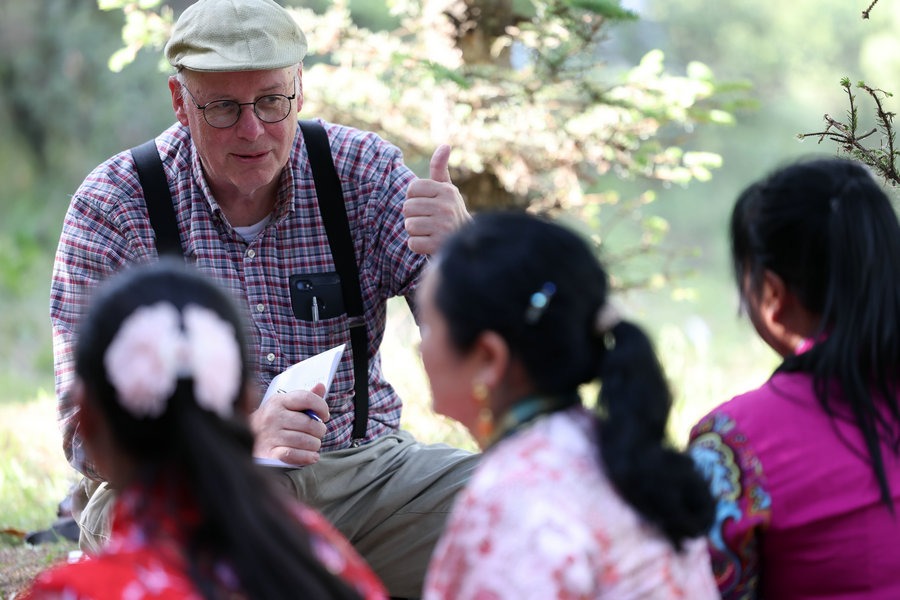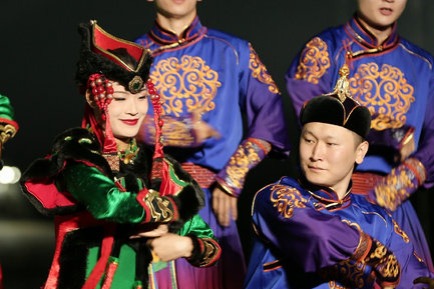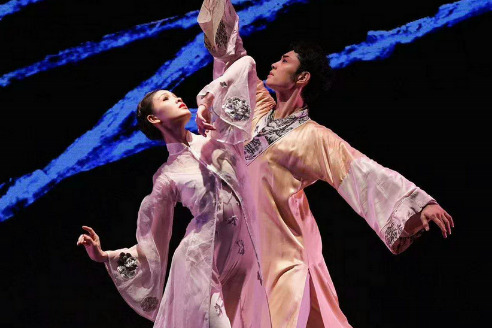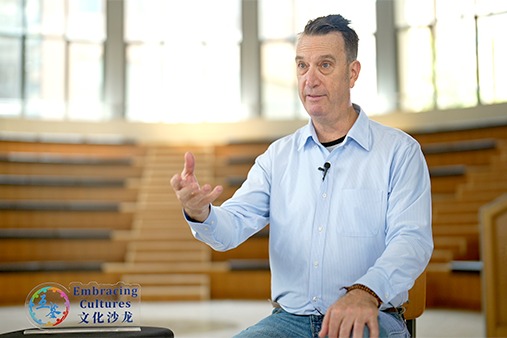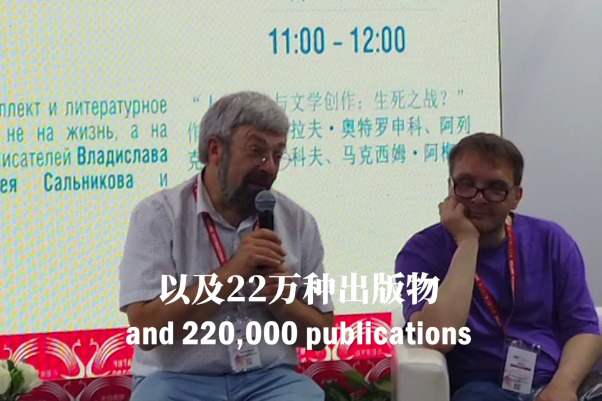Decoding the sands of time

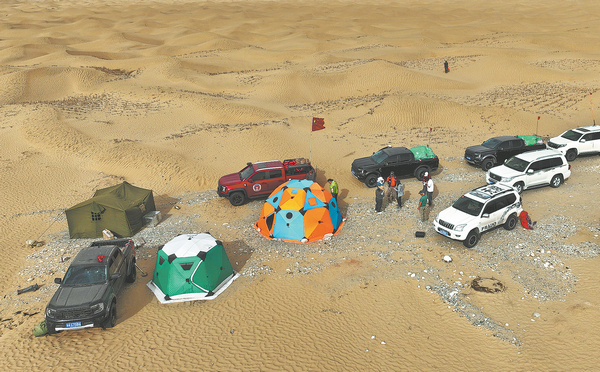
Being persistent
Ediris Abdurusul, a distinguished 74-year-old archaeologist with a remarkable track record of leading close to 100 expeditions in the desert over the past 46 years without any accidents, has also joined the team as a consultant. He led many breakthrough discoveries in Xinjiang, including the excavations of the Xiaohe cemetery, a site of Bronze Age cultural remains from 4,000 to 3,400 years ago. He was also known for the discovery of a naturally preserved female mummy called the "princess of Xiaohe" two decades ago.
He says people often say the Taklamakan Desert is "the sea of death", referring to its harsh environment for human habitation. However, historically, that's not true, as the desert once had many rivers that nourished people for millennia.
In his surveys in the Keriya River Basin in the desert, he found sites from 4,000 years ago to the Tang Dynasty (618-907). He also found ancient people preferred to live by the river, adapting their habitats continuously in response to changes in the watercourses over time.
With the rich cultural remains still at the sites, they have carried out a series of explorations and excavations in the desert.
"Doing archaeological work in the desert is very tough, but we have done a good job over the decades and found quite a number of ancient sites. Teamwork has played a major role in the process," he says.


